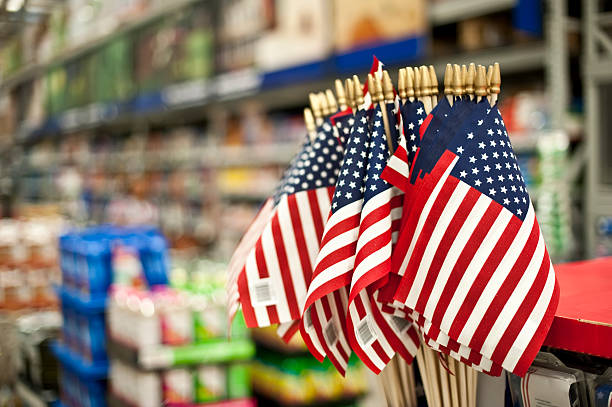Retail sales came in flat for the month of April. Additionally, March’s growth was revised downward to a 0.6 % gain (previously 0.7%). The reading was lower than the consensus forecast calling for a modest increase of 0.4%
Trade in the auto sector was down -0.8% m/m, reflecting declines both at motor vehicle dealers (-0.8%), and automotive parts and accessory stores (-0.7%).
Sales at gasoline stations rose a sizeable 3.1% m/m, extending last month’s 2.1% m/m gain. This largely reflected an uptick in gas prices. The building materials and equipment category rose a more modest 0.5% m/m.
Sales in the retail sales “control group”, which excludes the above volatile components (autos, building materials and gas) and is used to estimate personal consumption expenditures (PCE), pulled back on the month (-0.3%) after rising by 1.0% m/m in March (revised from 1.1% previously).
- Among the control group, the largest positive contributions came from clothing and accessory stores (1.6% m/m) and food and beverage stores (0.8% m/m).
- The largest declines were at non-store retailers (-1.2% m/m), sporting goods stores (-0.9% m/m) and health and personal care stores (-0.6% m/m).
Food services & drinking places – the only services category in the retail sales report – rose by 0.2% m/m.
Key Implications
Retail spending by consumers took a breather in April. While spending didn’t fall outright, it also didn’t grow, suggesting that while consumers are still spending, the momentum is waning. The pullback among the control group, adds to this view. The downward revisions to last month’s numbers also erased the marginal quarterly gain for Q1 (previously +0.2% q/q annualized growth) which now stands at a -0.5% q/q annualized decline. The labor market losing some momentum in April, accompanied by slowing wage growth, likely weighed on spending for the month. This is largely in line with our expectations and is anticipated to become more pronounced as the year progresses and the labor market continues to lose steam.
Today’s deceleration in retail spending is a boon to the Fed’s inflation fighting program as continued moderation in consumer spending growth is key to the Fed hitting the 2% target. Moreover, it’s additional good news given that the inflation print, also released today, eased in April in the first slowdown of the year. However, the sticky inflation readings of the past few months suggest the journey may be an extended one and as such, we’ve pushed out our rate cut call to the end of the year from July previously.









